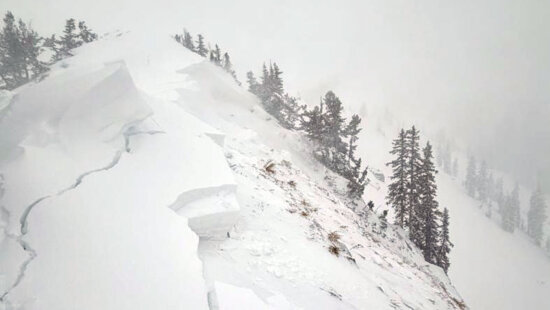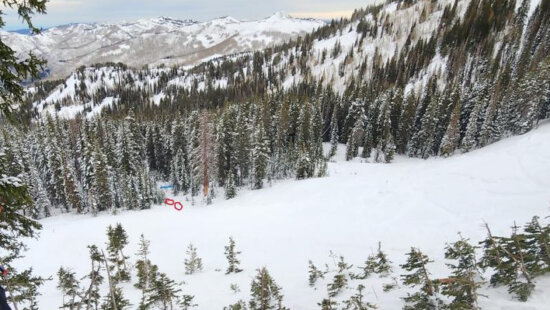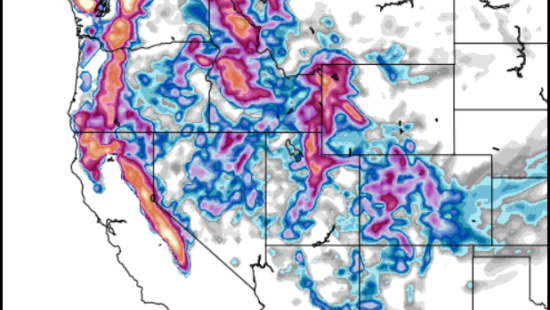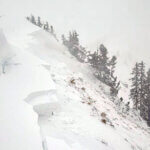History
Winged figures across continents: Petroglyphs link Utah, Japan, and Azerbaijan

Photo: Compilation Juliana Bradford
NINE MILE CANYON, Utah – Striking similarities among nearly identical petroglyphs discovered in Japan, Utah, and Azerbaijan were recently pondered by Juliana Bradford, a contributor for National Geographic Wild Earth.
The carvings, located in Fugoppe Cave in Japan, Nine Mile Canyon in Utah, and Gobustan in Azerbaijan feature representations of winged or flying human figures. Despite being separated by extensive geographical distances, their presence in disparate locations raises questions shared symbolism among cultures across time.
The dating for these petroglyphs, Bradford wrote, indicates significant historical value: approximately 7,000 years in Japan, between 1,000 and 2,000 years in Utah, and up to 10,000 years in Azerbaijan.
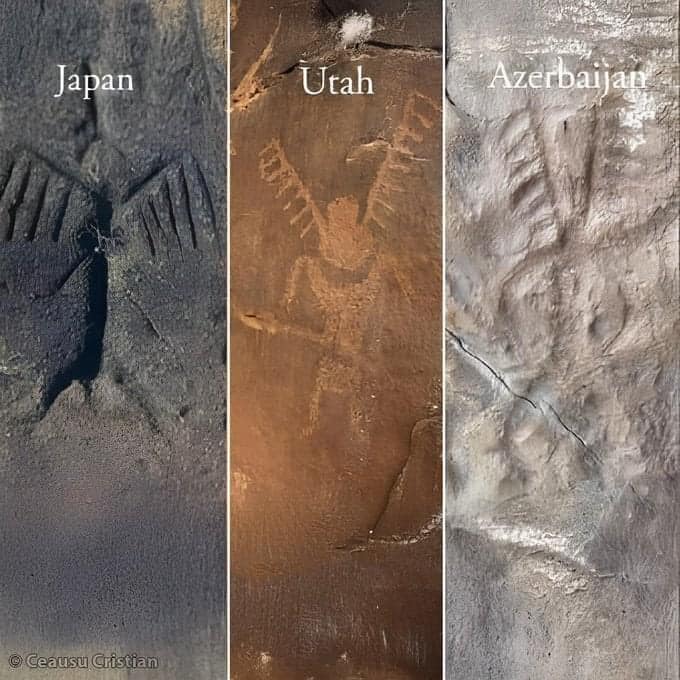
“Such motifs across these diverse regions suggest the possibility of a common mythological framework or analogous beliefs regarding winged beings among these ancient societies. This raises the question of whether these cultures independently developed similar iconographies or if they were influenced by interactions across vast distances,” Bradford wrote.
There are other instances of pondering about petroglyphs across cultures and time. Iranian archaeologist Mohammad Nasserifard proposed a bold hypothesis on a variety of Iranian petroglyphs, saying some prehistorical residents of the Iranian plateau migrated to the Americas. He bases this assumption on similarities between the petroglyphs and cave painting symbols in central Iran and the ones found in the Americas.
Among the petroglyphs that he has discovered is one of a winged man etched on rock face in a remote valley in central Iran which is strikingly similar to the winged man petroglyph located in Yellowstone National Park.
Many archaeologists agree that petroglyphs were used as way of communication to share experiences and thoughts with later generations and the similarities between cultures could have been learned and passed on through time.
Utah’s Petroglyphs:
Utah is home to one of the largest collections of petroglyphs in North America, showcasing a rich tapestry of ancient rock art created by indigenous peoples, including the Fremont, Ancestral Puebloans, and Ute cultures. They are etched into rock faces across the state, depict animals, human figures, and geometric designs, serving as historical records and symbols of spiritual or cultural significance.
One of Utah’s most notable sites is Nine Mile Canyon, often referred to as the “world’s longest art gallery,” and Newspaper Rock, a popular site in southeastern Utah. These petroglyphs provide a glimpse into the lives and beliefs of Utah’s ancient inhabitants.
Editor’s note: An additional perspective was added to this story and edits for clarity were made.
















